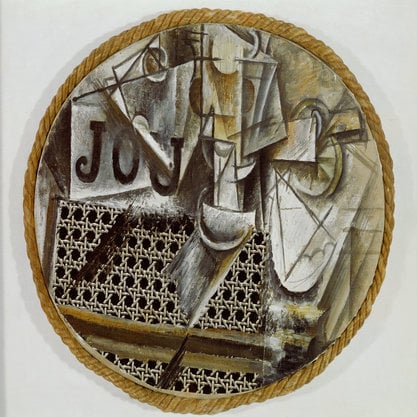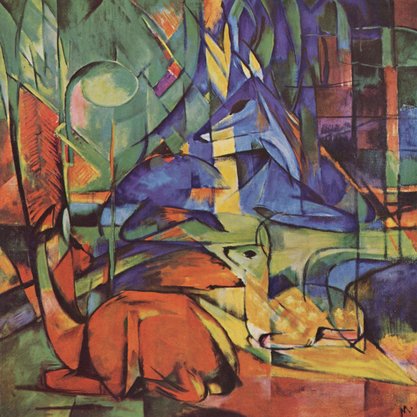Article
CoBrA (1948–1951) By Spampinato, Francesco
Article
CoBrA was a European avant-garde movement active from 1948 to 1951, primarily known for a painterly style of coloristic disfiguration. The name is an acronym of Copenhagen (Co), Brussels (Br) and Amsterdam (A), the home cities of most of the group’s members. CoBrA was founded on 8 November 1948 at the Café de l’Hôtel Notre-Dame, Paris, with the manifesto La Cause Était Entendue (“The Case Was Heard”), signed by the Danish painter Asger Jorn, the Belgian poets Christian Dotremont and Joseph Noiret, and the Dutch painters Karel Appel, Corneille and Constant Nieuwenhuys. Another representative member was the Belgian painter Pierre Alechinsky. In its three-year existence, the group attracted over thirty members, with membership spreading across Europe. Most of the members were painters. Their style was characterized by abstract and improvizational brushstrokes and the use of primary colours, with which they gave rise to anthropomorphic figures that were intended to recall so-called “primitive” art, and the art of the mentally ill and children. Their influences become clear in the pages of the ten issues of the magazine Cobra and the four issues of Le Petit Cobra; they contain articles about folklore, tattooing, comic strips, and magic, among images of their works.






